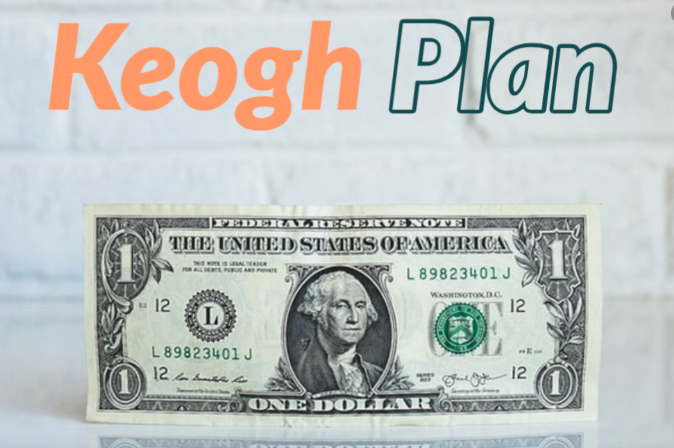What is Keogh Plan?

Keogh Plan is a retirement plan designed for employers or small company owners. It belongs to one of Business/Employer-Sponsored retirement plans.
There are two types of Keogh Plan:
Benefit Definition: Need IRS formula to calculate
Contribution definition: a fixed percentage or a fixed number
Money in both programs can be invested in stocks, bonds, funds, etc.:
Each year Keogh Pln account can make a contribution (save money):
Employee $16,500,
Employers can also set up T-IRA, R-IRA at the same time, for $32,500, for a total of $49,000.
Limit:
Keogh Plan is more complex than other retirement accounts, if the employer is an independent contractor who cannot set up Keogh Plan, the annual contribution is tax deductible, but the withdrawal after the age of 59 and a half is taxable, and the withdrawal before the age of 59 and a half is subject to a fine.
How to choose among the 401k plan
For pension plans, there are two popular types in the United States, 1. Defined Benefit Pension Plan (Fixed Income Pension Plan) 2. Defined contribution pension plan (fixed contribution pension plan), the first that we usually call the plan, the second called the CD plan. The following giant pandas to give you a detailed description.
Plans are employer-run pension plans in which an employee can determine a fixed amount of pension benefits based on factors such as length of service and the position if he or she retires and is unfit. Usually issued on a monthly basis until the recipient dies. It is the company that promises a certain amount of pension, investment risk and portfolio management after retirement, is entirely company-controlled and controlled by the company, and limits the time and form that the employee does not have to pay the fine withdrawal amount, and the employer is required to register assets and liabilities on the balance sheet.
The COURANT plan is the company and employee gathered in the pension account to deposit a certain amount of money, investment risk and portfolio management by the employee's participation, so that the future value and return is less certain. For companies, it is not necessary to register pensions on the balance sheet, and the fees are recorded in the statement of profits.
For most companies today, the 401k is generally used as a defined plan, so there is still some risk in terms of profits and losses on investments.



